History/driving impressions originally published in AutoWeek January 7, 1991; republished by the author.
Two years after the end of World War II, with most of Europe still rubble and craters, young Omer Orsi presented the Maserati A6/1500 at the Geneva Motor Show. The war had certainly reshuffled the cards but not destroyed the deck. There would always be aces, and aces would always drive cars such as the A6 Maserati.
The 1947 A6 was the first road car for the Italian firm which, under the Maserati brothers, had built racing cars exclusively. The financial well-being had proven even more elusive than racing victories for the Maseratis. In 1937, Adolfo Orsi, head of the Orsi manufacturing group, bought a controlling interest and a 10-year contract with the fratelli to stay and work for the company. Which they did – no more and no less.
When they left, the A6 must have been well underway. And anyway, the new engine shared much with the prewar Maserati 6CM six-cylinder.
With 1.0 mm more bore and 2.5 mm less stroke, the new engine measured just shy of 1500 cc. Adapted for production, the seven-main-bearing in-line six was all-alloy and had a chain-driven single-overhead camshaft.
The exhaust valves were actuated directly through rocker arms, while short pushrods angled up across the head to rocker arms that opened the intake valves. The combustion chambers were hemispherical with the spark plugs set off to one side, in pairs on the cam cover. A single Weber two-barrel DVL-35 carburetor was mounted on the intake manifold on the right side of the engine.
On the left, under the branched exhaust manifold, was a curious combination of water pump and generator. The pump was driven by a V-belt and generator via a short shaft of the back of the pump. More confidence has never been displayed in a water pump bushing. With the compression ratio of 7.8:1, the 1.5-liter motor was rated at 65 hp at 4500 rpm, and redlined at 5700 rpm.
Aft of the engine was a four-speed transmission of Orsi’s own design and a single-plate clutch. A live rear axle was located by double radius rods and a Panhard rod, with coil springs and an anti-roll bar. The front suspension had coils on A-arms – and no bar.
Brakes, naturally, were four-wheel drum, with neat Maserati hubcaps on the 16-inch wheels. The chassis, with a wheelbase of 101 inches, consisted of steel tubes supposedly made by hand because there was no machine-made stock available.
Pinin Farina, still two names and his workman still beating every panel by hand, designed and built a voluptuous, Rubenesque body for the A6. Headlights were set into the fenders Cisitalia-style and the classic racing Maserati grill was fixed to the nose. Hobnailed taillights were frenched into the curve of the rear fenders.
It was very much the grand touring coupe, with the accent on the “e.” The wide front seats almost form a bench, and the rear seats exhibit the Italian coachbuilders typical disregard for legroom. The trunk is rather small and primarily occupied with the spare, so the backseat was truly for luggage anyway. Maserati called it a berlinetta a due posti. Suspicions confirmed.
According to Maserati historians Crump and Box, two A6s were actually built in 1946 and three more in 1947. Nine cars came the next year, jumping to 23 for ‘49 and 1950. Chassis number 069 was sold to a Mr. Biemmi Angelo of Brescia, Italy. Built in February 1949, it was painted “Amaranto,” a dark burgundy. According to factory records, the car was purchased in 1950 by a Mr. Giuseppe Fiala of Milan, who converted the engine to use triple carbs. This may have been for racing, but no proof exists either way, and Fiala may only have been interested in driving faster on the road.
On the other hand, one Signor Fezzardi entered a 1947 A6/1500 in the 1952 Coppa Inter-Europa, finishing second only to Count Lurani’s factory entered Porsche in the 1.5-liter class.
Number 069 today is back to a single carb and it’s obvious why Fiala opted for three. The A6/1500, now owned by Rocky Piscazzi, co-owner of Piscazzi Auto Body, an Akron, Ohio, exotic car restoration shop, accelerates – well, let’s say leisurely despite a curb weight of only 2160 pounds.
Furthermore, shifts cannot be hurried. The long, truck-like shift lever connects to a totally non-synchro box and gears will clash if engine revs don’t match road speed divided by gear ratio. The clutch is grabby but can be finessed into smooth pickup. The exhaust note of the sohc six is nifty, but the straight-cut gears in the transmission all but drown it out for driver and passenger.
Steering is heavy at slow speeds and the large diameter cork-wrapped steering wheel is appreciated. It’s lighter with speed but there is a tendency to wander (which may be due somewhat to age) and the stiff suspension crashes over rough pavement.
It is possible to hustle along in this coupe. Top speed was nearly 100 mph, excellent for roughly 90 cubic inches in 1949. But a flathead V8 ‘49 Ford could accelerate faster, didn’t handle that much worse and certainly didn’t cost almost 3 million lira. It is, I suppose, a value judgment.
Nomenclature for the A6/1500 included “1500” for displacement in cc, “six” for the number of cylinders, and “A” for the initial of the engine designer’s girlfriend. It became A6G, for ghisa, when the block was made from cast iron. Displacement was increased to 2.0 liters in 1951 and other carrozzeria joined Pinin Farina in clothing the A6 chassis, now in coupes, cabrios and spiders. A twin-cam head was released in 1954 and racing versions of the six were made. It finally evolved into the engine of the 3500 series, Maserati’s first “volume” production model, running from 1957-70, when the last in-line six-cylinder Maserati was made.
But the A6/1500, the lusty little 1.5-liter coupe, was where it all began, the rock, the foundation on which the modern Maserati was constructed. It was for Maserati, as the Caesars might have said, sine qua non.












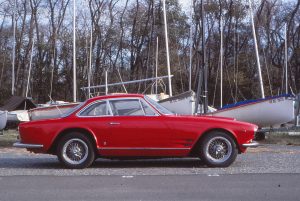
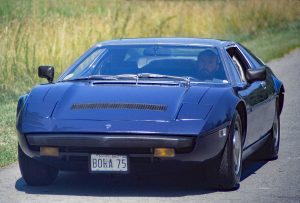
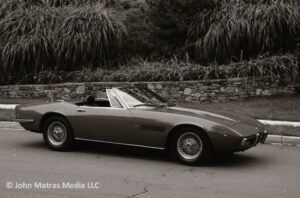
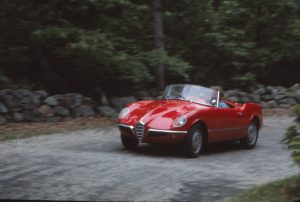

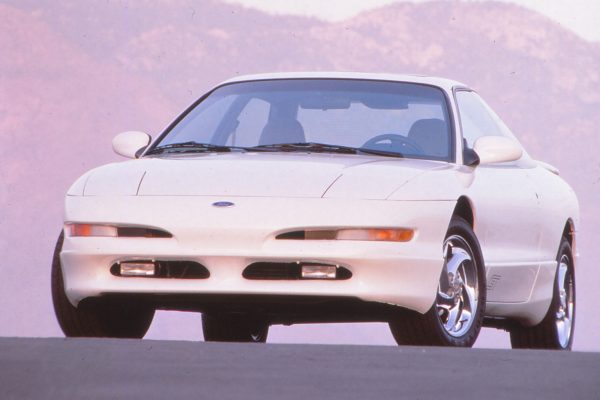
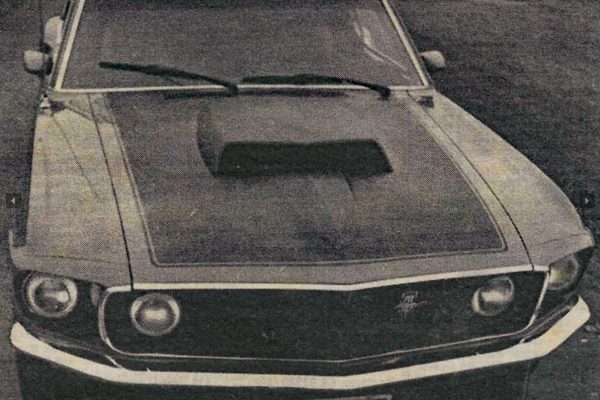
What Do You Think?
You must be logged in to post a comment.